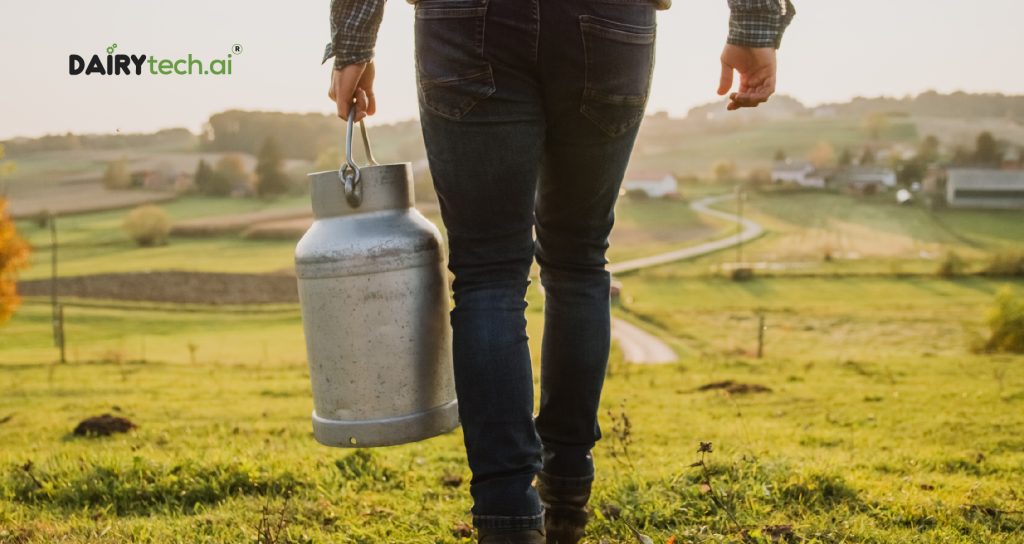Sustainable Practices Across the Dairy Supply Chain
Sustainability Is Not Simple
Sustainable practices are the processes services employ to maintain the qualities that are valued in the physical environment. Finding out ways to secure the environment of Mother Earth is progressive and enormously needed in today’s time.
Every dairy farm is diverse and operates in a different way. The dairy sector, on the other hand, has made a collective commitment to ensuring a sustainable future and has established goals and targets to encourage development and practice change, including on the farm.
It might be difficult to keep track of sustainability measures taken along the way from when milk is produced on the farm until it reaches the table” since it is such a huge and diversified sector. Because there aren’t always ready-made solutions, each farm, cooperative, processor, and brand will need to make judgments and track methods that are appropriate for their own situation.
Furthermore, putting in place sustainable measures may be costly but worth it. It is the demand of time and the future. If it is neglected now, there will be outcomes that coming generations will face.
Many dairy farms are making it Basic sustainability practices by dairy farms across the globe:
Recycled Waste
To grow more food, manure is used as a natural fertilizer on crops or gardens, minimizing the demand for synthetic fertilizers.
It’s also composted to reduce the environmental effects and enhance soil health, which helps farmers feed their cows with the crops they grow.
Methane digesters are used on certain farms to turn waste into electricity, which is used to power the farm and even a portion of the neighboring town.
Conserving Water
Dairy farms recycle water three to five times on average. Water used to clean the milking parlor, for example, is reused to clean barn lanes or pathways before being utilized to irrigate fields.
A gallon of milk today takes 65 percent less water to manufacture than it did decades ago.
When water is short, dairy farmers may feed their cows with less water-intensive crops.
Hear from real dairy farmers about how they recycle water on their farms.
Carbon Footprint Reduction
According to recent studies, the dairy business in the United States emits just around 2% of total greenhouse gas emissions, and farmers are aiming to cut that amount even more!
The dairy sector is on pace to fulfill its objective of reducing greenhouse gas emissions by 25%.
Few more examples of some of the sustainability practices being used on dairy farms to deliver to these commitments:
- Solar panels are being installed on the dairy to help minimize the farm’s carbon footprint.
- Waterways should be fenced off to enhance water quality.
- In warmer locations, reusing water from dairy barns with cooling facilities and shade choices for cows
- Trees are being planted to protect a piece of land for conservation and biodiversity.
- In dairy, effluent (liquid waste) is collected and used as a liquid fertilizer and compost on the pastures.
For dairy farms, sustainability is the practice of ongoing improvements to provide quality and nutritious dairy food ensuring no harm to the environment and people making surroundings economically & socially better.
Sustainability practices will result in a better environment, but also happier and healthier cows, who produce higher-quality milk. The more sustainable dairy farming there is, the more humane and sustainable milk and dairy products we will have access to.


